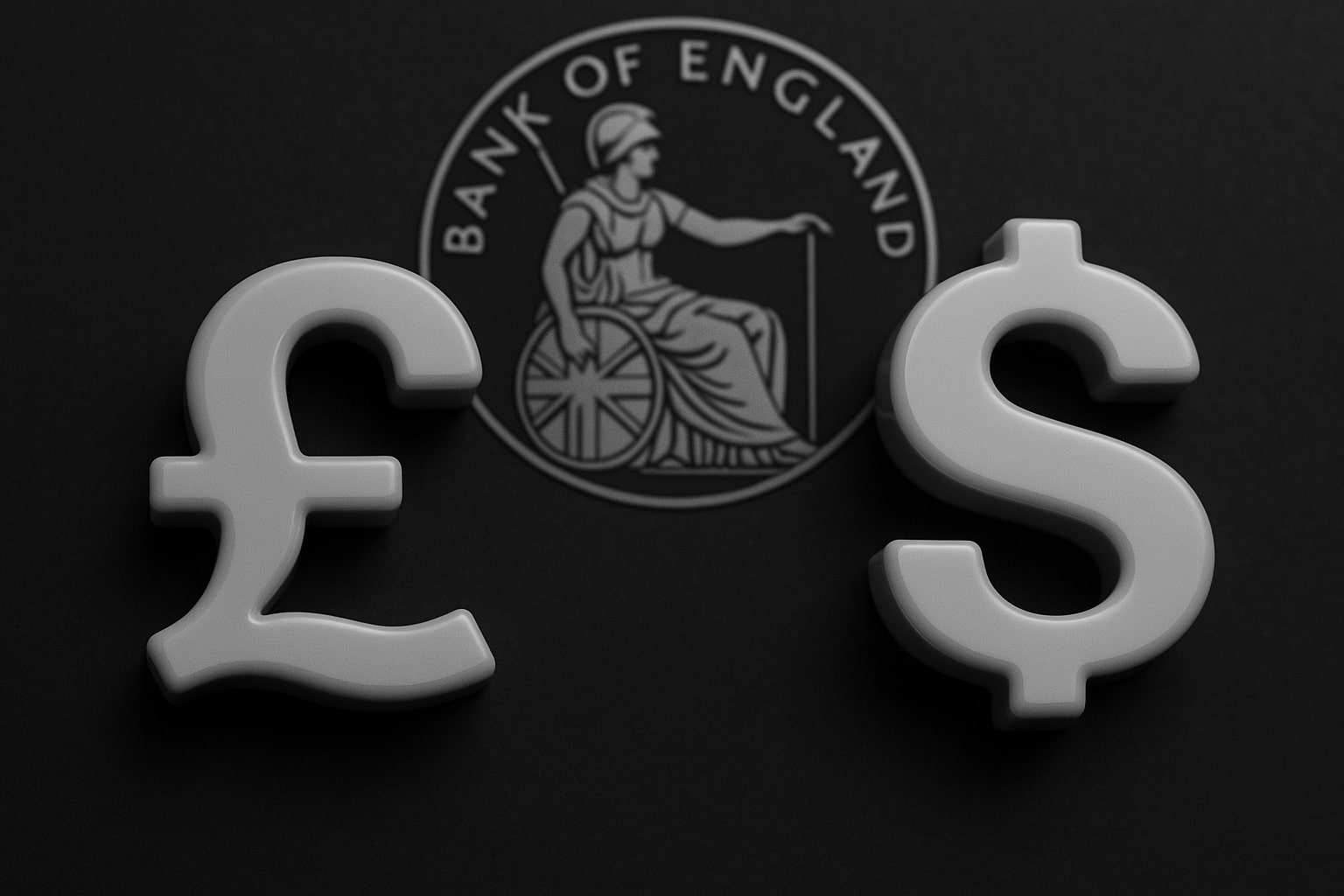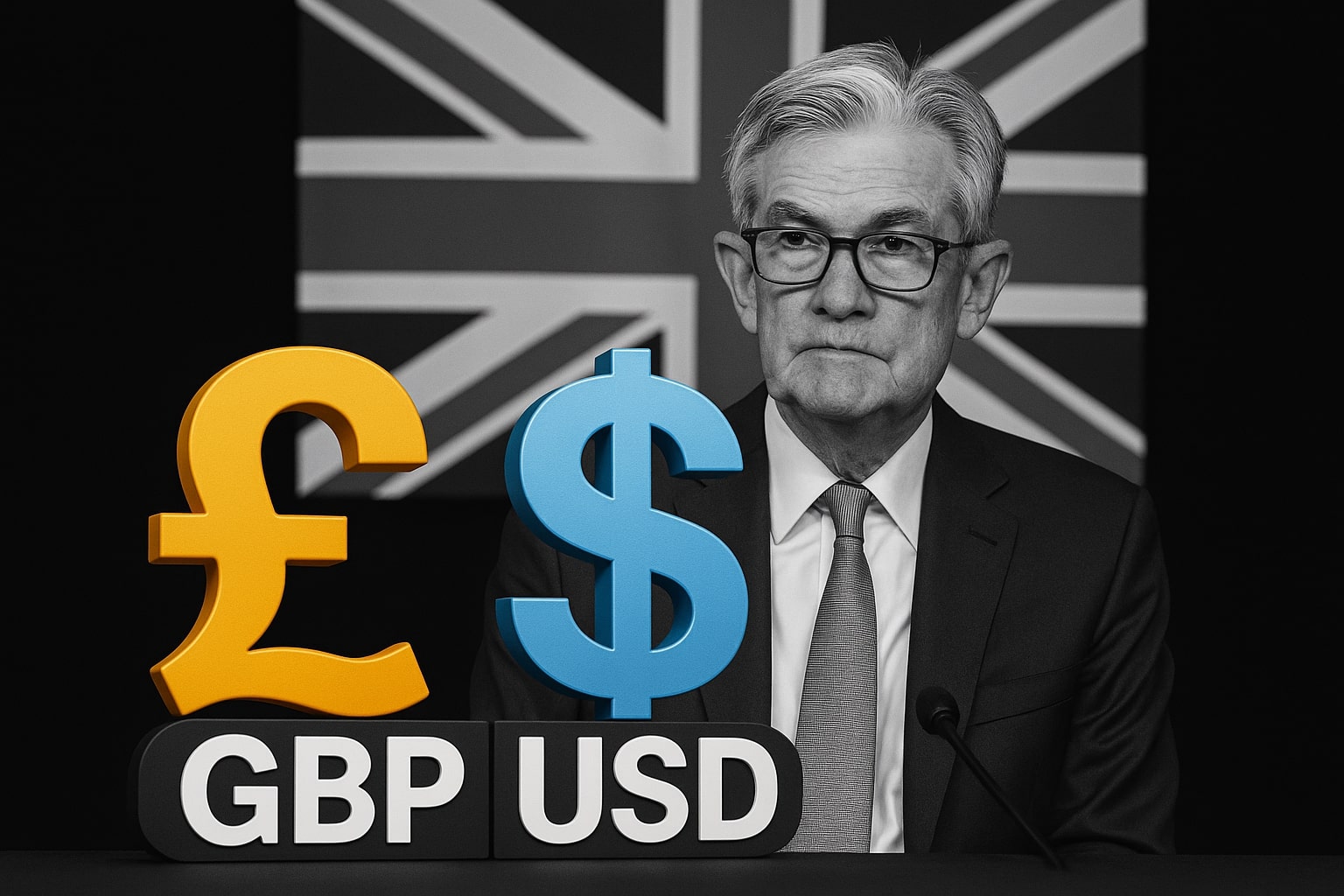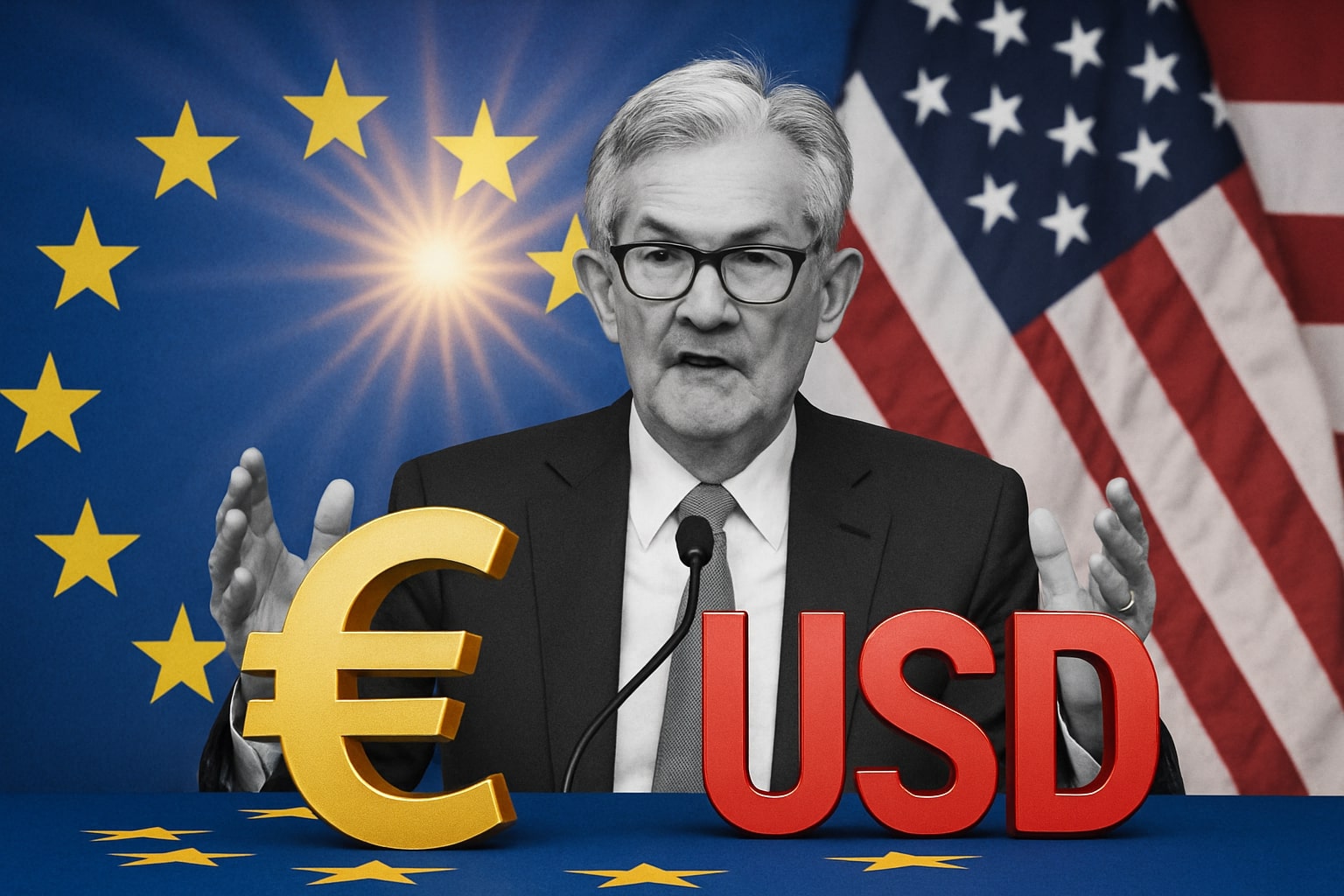BoE-Fed Divergence Defines the Medium-Term Outlook
The medium-term path for GBP/USD hinges on central bank divergence. The Fed’s measured stance and resilient U.S. macro backdrop — with GDP still expanding at 2.1% annualized — contrast with the BoE’s tentative dovish bias. Unless the Fed signals an explicit pivot in the coming quarter, sterling may remain capped below 1.36.
Still, the downside appears contained by positioning and valuation. Sterling’s real effective exchange rate (REER) trades roughly 7% below its five-year average, suggesting limited room for further depreciation. Moreover, speculative shorts are near three-month highs, setting the stage for potential short-covering if U.S. yields ease or the Fed hints at earlier cuts.
Macro Triggers: Fed Minutes, U.S. CPI, and U.K. GDP Ahead
Traders are now focused on three key catalysts: the Fed minutes, the upcoming U.S. CPI release (expected at 3.4% YoY), and the U.K. GDP data due Friday, projected to show a 0.1% contraction month-over-month. Any combination of weaker U.S. inflation or resilient U.K. growth could reverse near-term bearish momentum and propel the pair back toward 1.36.
Conversely, a hawkish Fed tone or deeper U.K. slowdown would confirm downside continuation toward 1.3325, a level that has repeatedly attracted dip buyers but could fail if risk sentiment deteriorates globally.
Price Scenarios and Strategy
If GBP/USD closes below 1.3350, downside extension toward 1.3200 becomes increasingly likely, marking a 1.5% decline from current levels. This would correspond with the lower Bollinger Band and align with previous support tested in July. Alternatively, a daily close above 1.3485 would neutralize the bearish structure and pave the way for a recovery to 1.3600–1.3650.
Traders should monitor the 15-day vs 20-day moving average spread, which remains negative but narrowing. A bullish crossover could indicate a short-term reversal — likely coinciding with dollar weakness following the FOMC release.
TradingNews Verdict: GBP/USD – HOLD Near-Term / BUY Medium-Term (Target 1.36–1.38)
The British Pound (GBP/USD) sits at an inflection point. The short-term picture remains bearish-to-neutral, constrained by a strong dollar and cautious BoE tone. Yet, underlying positioning, undervaluation, and the probability of easing Fed rhetoric later this quarter suggest an eventual recovery phase.
TradingNews assigns GBP/USD: HOLD short-term, BUY medium-term, with targets at 1.36–1.38, contingent on a confirmed hold above 1.3350 and renewed momentum toward 1.3500. The near-term path will depend heavily on the Fed minutes and upcoming CPI data, both of which could reshape global dollar flows and dictate whether sterling extends consolidation — or ignites the next leg higher toward late-year recovery.




















